Preparing Your 2025 Form 20-F: Key Disclosure Trends and Compliance Considerations for FPIs
| Patricia Myles
To promote maximum innovation, high-quality service, and client success, DFIN’s financial and sustainability reporting software integrates with a network of top global tech partners to provide an end-to-end ESG ecosystem.
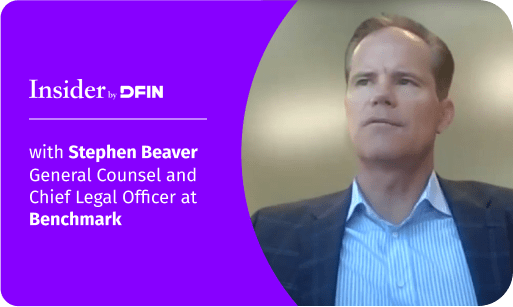


Simplify data collection and presentation, collaborate in real time, drive efficiencies, and meet ESG goals with ActiveDisclosureSM. Get fast, accurate reporting for enhanced ESG performance in a dynamic regulatory landscape.
Explore ActiveDisclosure













ESG Software Features
ESG Reporting
Support Binders
Collaboration
Linking
Intelligent iXBRL
Together with strategic partners, our advisory team guides clients through the entire ESG journey.
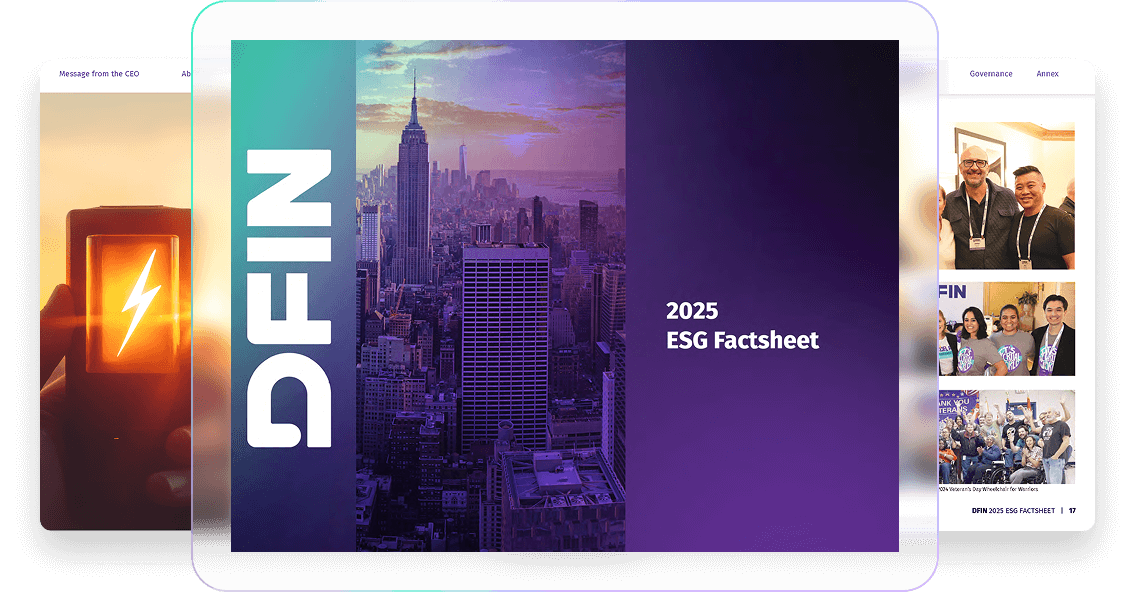






Streamline multiple data sources with our SOC 2-compliant ESG SaaS platform designed to aggregate, normalize and manage ESG data.
Our ESG data management partners all bring different flavors of software collection and management, providing flexibility to meet our clients on their unique ESG reporting journey. Maintain your current data management and review process with little to no disruption. DFIN’s sustainability reporting workflow is data-provider-agnostic.
Maintain your current data management and review process with little to no disruption. DFIN’s reporting workflow is data provider agnostic.
Explore partners







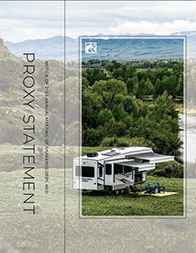
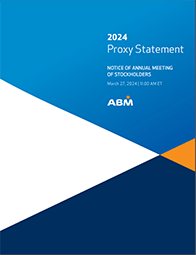
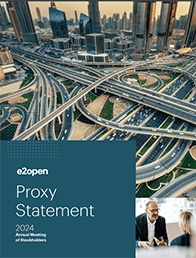
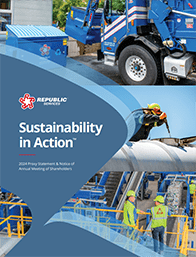
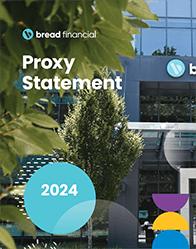
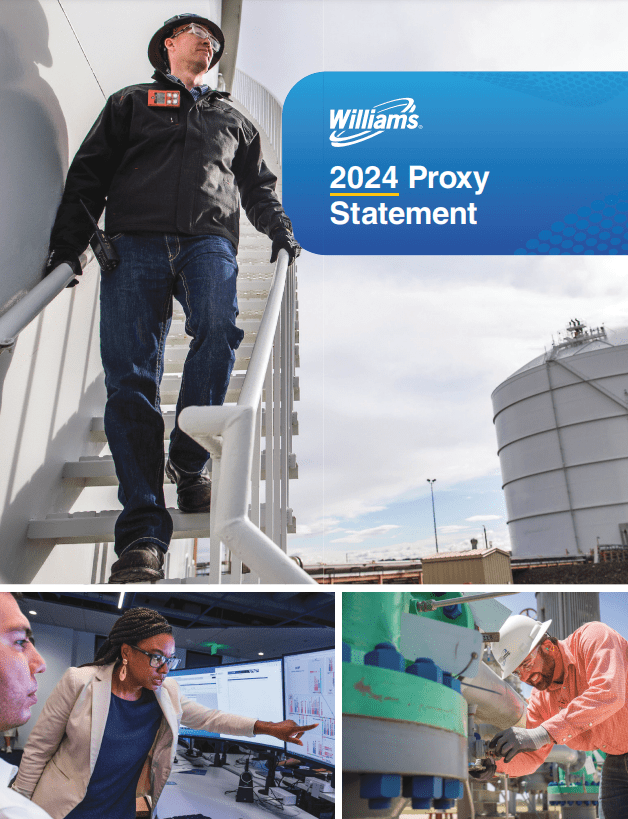

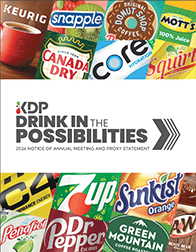

ake the complexities out of regulatory reporting. Seamless integration, simple onboarding, Microsoft Office compatibility, and all the ESG reporting tools you need for fast, secure filings.
Optimize efficiencies and deliver more effective shareholder communications. Collaborate with expert advisors for strategy, design, and annual meeting services for a seamless, turn-key financial proxy process.
Safeguard and share your most sensitive documents with all your stakeholders. Easy-to-use, secure software includes privacy scans, contract analytics and multi-file redaction for full transparency and regulatory compliance.


Talk to an ESG expert to affordably comply with global sustainability mandates.
or
call +1 800 823 5304